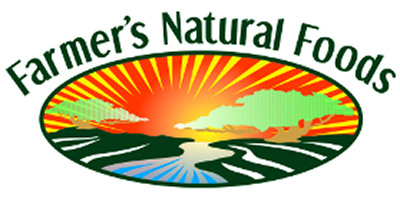It can be hard to make sense of all the labels, terms, and certifications on food packaging, but this guide can help.
Organic Food Labeling
According to the US Department of Agriculture (USDA), the term “organic” is used on products (meat, produce, dairy, processed foods, condiments, and beverages) that have been produced using practices that “support the cycling of on-farm resources, promote ecological balance, and conserve biodiversity.” These practices involve the rejection of most synthetic fertilizers and pesticides as well as antibiotics and hormones.
The Four Categories of Organic Certification
In the US, the labeling of products as organic is regulated by the USDA’s National Organic Program to protect the integrity of the term and the USDA Certified Organic Seal. There are four categories of organic certifications:
-
100 Percent Organic
The “100 percent organic” label requires that 100 percent of the product and its ingredients are, in fact, organic. This label will include the name of the certifying agent and will bear the USDA Organic Seal and/or the 100 percent organic claim.
-
Organic
In a product labeled “organic,” 95 percent of a product and its ingredients must meet the USDA standard of organic. No more than 5 percent of the combined total ingredients can contain non-organic material. This material must, however, be sanctioned by the National List of Allowed and Prohibited Substances, so even that 5 percent leeway is still strictly regulated. This label will also include the name of the certifying agent, the USDA Organic Seal, and/or the organic claim.
-
Made with Organic Ingedients
In order to be “made with organic ingredients”, a product must have at least 70 percent certified organic ingredients. The remaining ingredients are not required to be organic but must be produced in the absence of excluded methods or products on the National List. The USDA Organic Seal cannot be used on products “made with organic ingredients,” nor can the final product be represented as organic, but up to three ingredients can be labeled as such.
-
Specific Organic Ingredients
If a product is made of less than 70 percent certified organic content, it is labeled as having “specific organic ingredients” and does not have to be certified. These products cannot use the USDA Organic Seal, nor can they use the word “organic” on their principal display panel but listing certain ingredients as organic in the ingredients list is permitted.
All Natural Food Labeling
Products labeled “all natural” have undergone no certification or verification process, and there is no universal standard or definition for this claim.
Certified Naturally Grown
Certified Naturally Grown is an alternative, non-governmental certification program carried out by other farmers. The seal follows the same standards as those used for organic products, but the products are not grown on a farm certified organic by the USDA. This is typically due to the cost to farmers of undergoing organic certification.
Non-GMO Food Labeling
Foods labeled Non-GMO or GE-Free are products that do not contain genetically engineered (GE) or genetically modified organisms (GMO). These labels are regulated by individual companies and organizations; there are no federal regulations concerning GMOs, and so, standards and regulations attached to these claims can vary.
Non-GMO Project Verified
A seal you can trust, however, is the Non-GMO Project Verified label. The Non-GMO Project is a nonprofit organization that provides the only third-party labeling program in North America for non-GMO products. It provides rigorous verification that all of the products it certifies are non-GMO from seed to shelf.
Fair Trade Food Labeling
The Fairtrade Labeling Organizations International and Fair Trade USA verify that products labeled with the Fair Trade Certified Seal are produced ethically.
- Workers must receive fair wages, safe and equitable working conditions, and the right to join trade unions.
- The crops must be grown, produced, and processed in a beneficial manner to the community by supporting social, economic, and environmental development.
- Child labor and forced labor are completely prohibited.
Look for this label when shopping to support the ethical production of food around the world.

